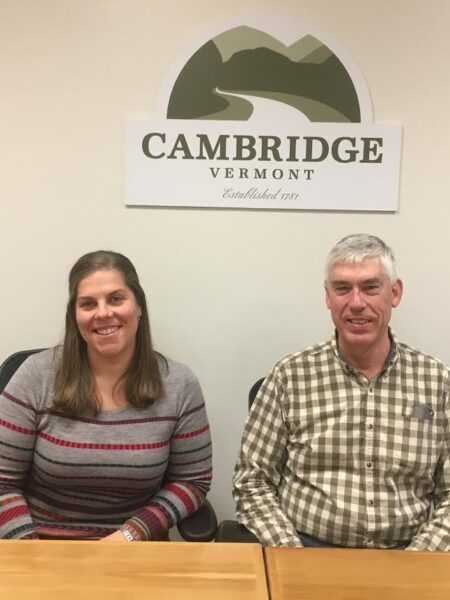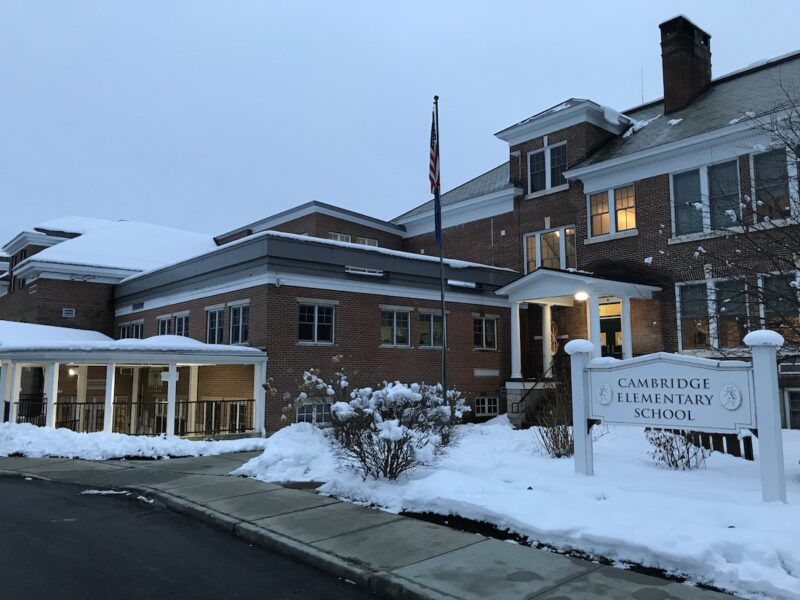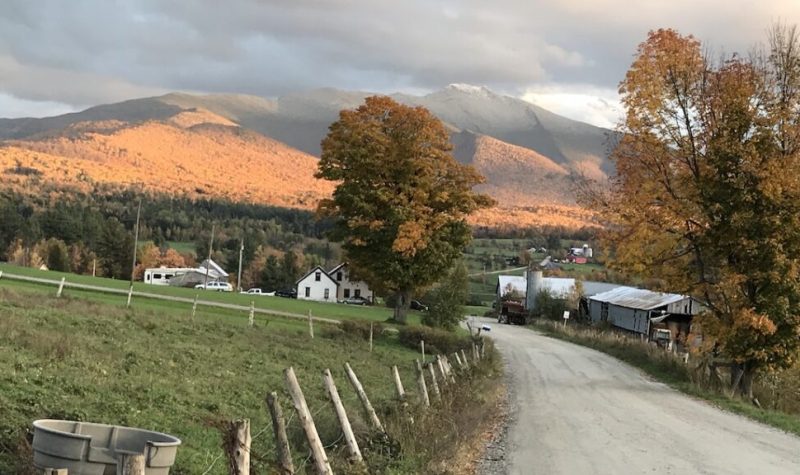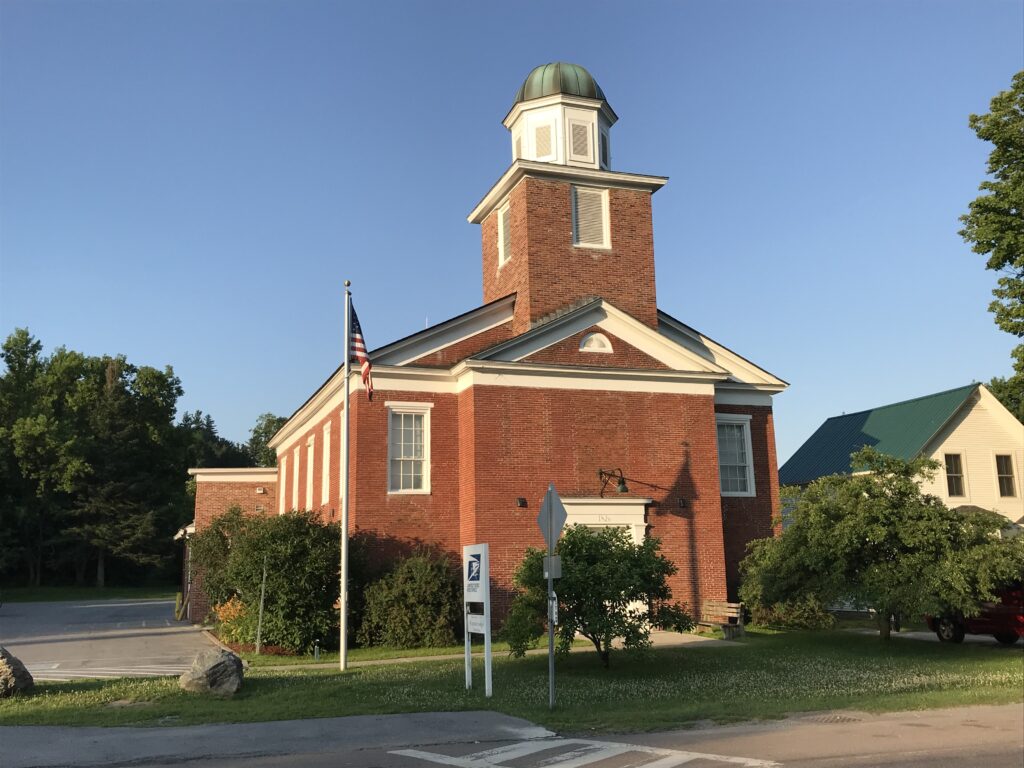By Roy L Hales
Recent events suggest that the Regional District system does not always work well in a remote island like Cortes. Some say, it is time to Cortexit. Our Regional Director says we should work within the existing system, it would be very expensive for a community this small to go it alone. She is currently wondering how a community council system would work on Cortes Island. “A minority of very active voices has been very effective at undermining my credibility at the Regional District, but if what I brought to the district was backed by this community council it would be harder to marginalize.” In this morning’s program we go to Cambridge, Vermont, to explore how an even more democratic system of government would work here. For more than two centuries, the local authorities have been carrying out the decisions made at an annual town meeting that everyone in Cambridge can attend.

Cortes Island is about 130 sq km (50 sq mi) in extent and has a population of about 1,000. The town of Cambridge, Vermont, spreads out over 165 sq km (64 sq mi) and has a population of just under 4,000. Both communities are embedded in larger political entities that make life ‘interesting’ for us.
Town meetings
Though the meeting only lasts a day, this is where the town’s annual budget is passed and all major decisions are made.
“When you are in town meeting, that is direct democracy. The town’s people who choose to attend are in control of the items on the agenda. The rest of the year we have representative democracy, where the people that they elected run the affairs in conformance with whatever decisions were made,” says George Putnam, Chair of Cambridge’s Select Board (town council).
“You get that direct democracy and you know you will get it at least once a year … as long as your town does not use the ‘Australian ballot’ (secret ballots, used in Canada and around the world) and has some floor discussions … The discussions that come out of there can sometimes really surprise people. You think one way, but then you hear from your neighbour next to you about the issue, and why it’s a big issue and then you can feel completely differently … ,” adds Marguerite Ladd, Cambridge’s town administrator.

Could this system work on Cortes?
“I think a town meeting style of government would work for the kind of issues that you have to solve, or deal with, locally, on your island. It is of some benefit to advising your representative to a larger district, on how you want them to represent you – but no matter what you tell them, they are just one voice on a much larger board,” says Putnam.
He added, “Any kind of evidence you had of a larger group some kind of particular position of your regional representative, I think that can only help.”

(And if your representative does not represent the island’s interests – vote her/him out!)
What are the disadvantages?
“It takes a lot of time,” says Putnam.
“It is hard to get as many voices as you might want,” adds Marguerite Ladd, Cambridge’s town administrator.
Only 250 residents turn out to a typical town meeting and, as you can see in the videos below, most of them are seniors.
“It is a challenge to get younger people involved. People are busy. I myself am an example, I did not have time for this job until I retired,” says Putnam.
“Having even just 250 attend, however, is better than trusting everything all the time to a five person selectboard. It creates pretty good community, and it’s pretty good oversight. And the people who don’t attend know that they have the option to attend if there should be something on the agenda that they feel passionately enough about. That’s better than not having that option.”

How does it work?
A large portion of the podcast above is devoted to how town meetings are run. Who draws up the proposed budget? Why can’t they use a printed ballot? Can it be changed by the assembled voters? How do people vote? What kind of challenges have they faced in recent years?
Theme song: Rick Bockner – “You Gotta Think For Yourself”




